Flying with winter sports gear in 2025 can be a hassle - and expensive. Airlines are stricter than ever with baggage fees and size limits, especially for oversized ski bags. Here’s the deal:
- Fees: Most U.S. airlines charge $30–$50 for ski bags, but oversize fees can skyrocket to $150–$200.
- Weight Limits: Standard is 50 lbs. Budget airlines like Spirit cap it at 40 lbs.
- TSA Rules: Skis, poles, and snowboards must be checked. Cover sharp edges and follow the 3.4-ounce liquid rule.
Want an easier option? Consider Snowfeet*. These compact, lightweight skis (38–120 cm) fit in a carry-on or standard suitcase, saving you oversized fees and airport headaches. They’re small, easy to pack, and perfect for avoiding the stress of hauling bulky gear.
Quick Tip: Pack Snowfeet* at the bottom of your bag, wrap them with clothes for padding, and weigh your luggage at home to avoid surprises.
If you’re tired of oversized fees and clunky ski bags, Snowfeet* might just be the smarter way to hit the slopes.
2025 Airline Rules for Ski and Snowboard Equipment
Airline Policies for Ski Equipment
Flying with your ski or snowboard gear? U.S. airlines have policies that can change frequently, making it essential to stay updated. As Burton Snowboards put it back in September 2024, "airline baggage policies for ski and snowboard equipment are dynamic and always changing."
Here’s a snapshot: American Airlines lets you check a pair of skis or a snowboard, along with boots and a helmet, as one item - provided the bag doesn’t exceed 50 pounds and 126 inches in total. Southwest Airlines and JetBlue Airways have similar rules but require boots to be packed separately. Don’t worry, though - this still counts as one checked item if you’re within the free baggage allowance.
For travelers flying with Alaska Airlines, there’s good news: they waive oversize and overweight fees for ski bags, which is a big perk since most ski bags measure between 69 and 79 inches. On the flip side, budget airlines like Spirit Airlines and easyJet are stricter. Spirit limits sports gear to 40 pounds, while easyJet allows up to 44 pounds.
Ski and Snowboard Bag Fees
Expect to pay between $30 and $50 to check your ski or snowboard gear on most U.S. airlines. However, if your bag exceeds size or weight restrictions, extra fees will apply. For instance, Delta Airlines charges overweight fees for bags over 50 pounds or 115 linear inches.
Flying internationally? Be prepared for additional costs. Budget carriers like easyJet charge $42 online or $54 at the airport for small sports equipment, while Ryanair fees range from $45 at booking to $50 after booking. These fees assume your gear meets size and weight rules, so double-check before heading to the airport. Also, keep in mind that TSA may require extra screening for certain items, which can add some time at security.
TSA and Airport Rules
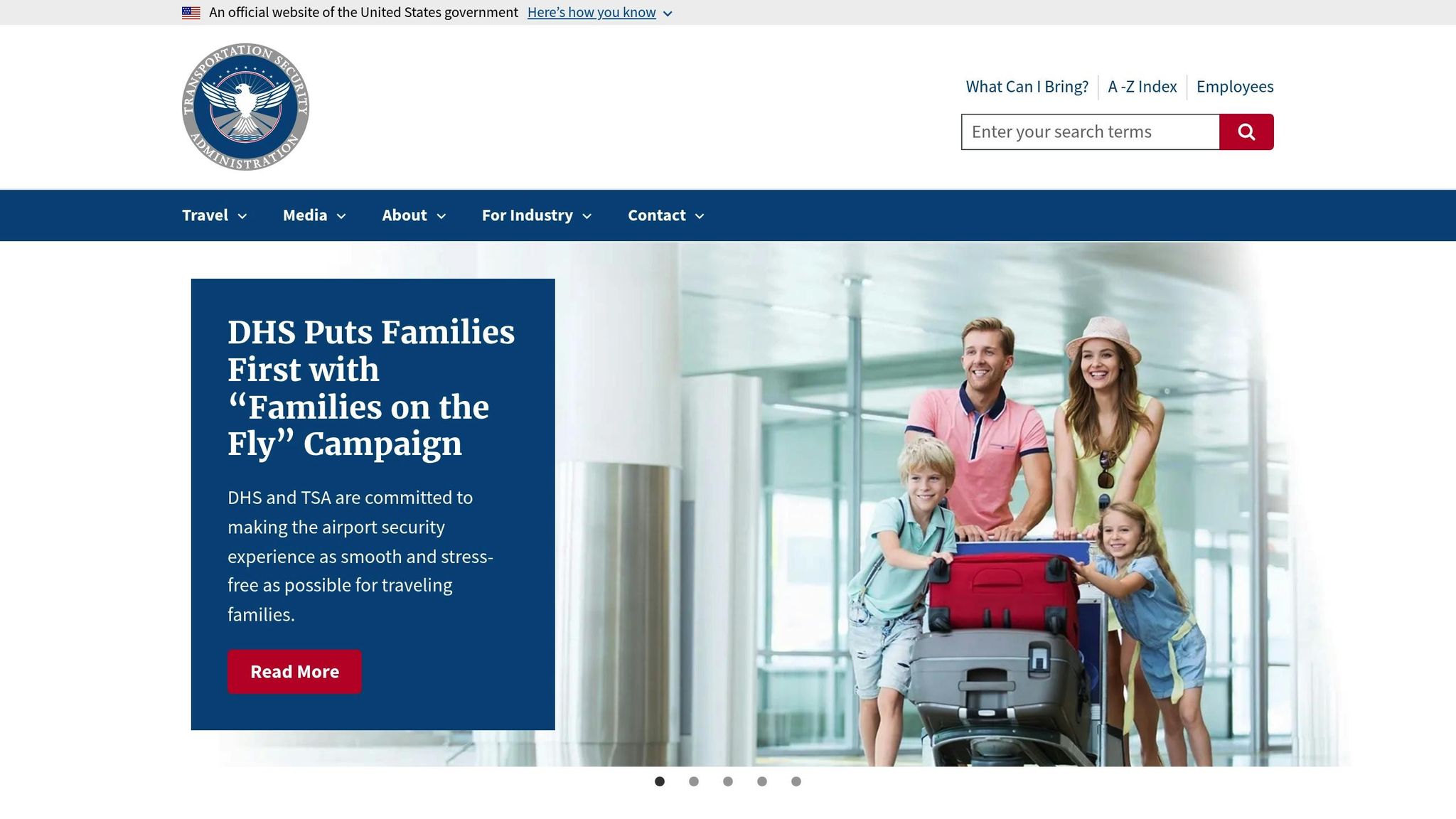
When it comes to airport security, skis, poles, and snowboards must go in checked baggage - no exceptions. TSA considers these items potential weapons, so sharp edges need to be covered or securely wrapped. Packing liquids, creams, or gels? Stick to the 3.4-ounce rule or pack them in your checked bag. And don’t bother bringing torch lighters for ski wax - they’re prohibited.
TSA officers might inspect your gear further if X-ray images aren’t clear, which could slow things down. To avoid delays, use TSA-approved locks, pack toiletries in waterproof bags, and weigh your luggage at home before heading to the airport.
| Airline | Policy | Fees | Weight Limit |
|---|---|---|---|
| American Airlines | Skis/snowboard with boots and helmet in one bag | Free allowance applies | 50 lbs, 126 inches |
| Alaska Airlines | Waives oversize/overweight fees for sports gear | Standard checked bag rate | Standard limits waived |
| Southwest Airlines | Skis/snowboard plus separate boot bag | Free allowance (if applicable) | 50 lbs |
| Delta Airlines | Standard policy with overweight fees | Standard plus overweight fees | 50 lbs, 115 inches |
| Spirit Airlines | Restricted weight allowance for sports equipment | Standard checked bag rate | 40 lbs |
Why Snowfeet* Works Best for Air Travel
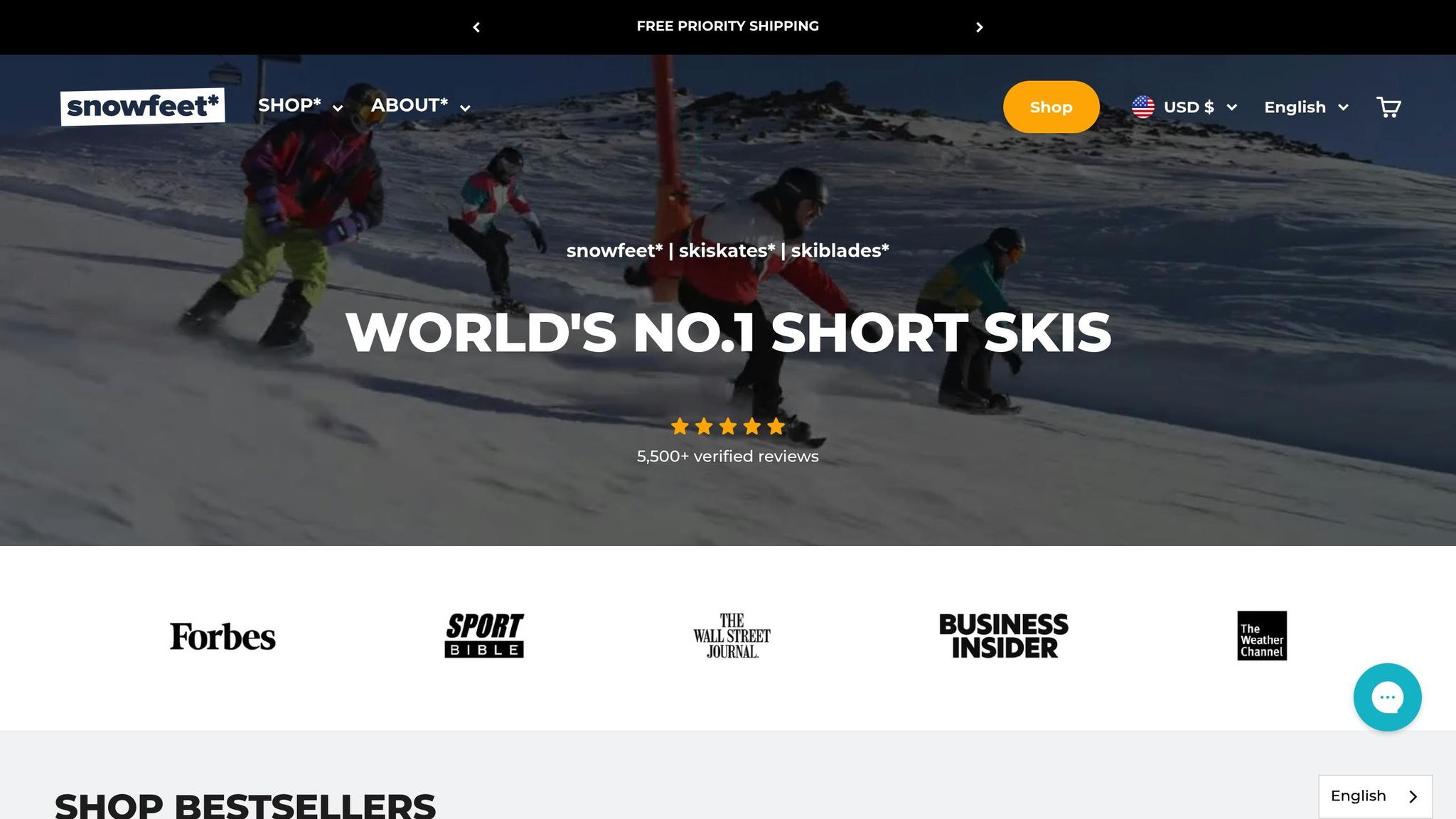
Snowfeet* vs. Long Ski Brands
When it comes to travel convenience, Snowfeet* beats traditional ski brands like Rossignol, Atomic, Head, and Elan hands down. The secret? Their compact size and lighter weight make them a dream for anyone flying with winter gear.
Most traditional skis are long and bulky, which often means oversized baggage fees. Snowfeet*, on the other hand, ranges from just 38 cm to 120 cm in length. That’s a huge difference! This smaller, sleeker design not only saves space but also helps you avoid those annoying extra fees. It’s a win-win for anyone looking to simplify their travel plans.
Save Big on Oversized Fees with Snowfeet*
Flying with Snowfeet* can save you a ton of money. Oversized baggage fees for skis can range from $150 to $200 per item. For example, if you’re flying Delta, their $30 one-way checked bag fee can skyrocket to $360–$460 if your skis qualify as oversized. But with Snowfeet*, you can skip all that hassle. These compact skis are small enough to fit in your carry-on luggage, which means you could save $300 to $400 on a single trip. That’s cash better spent on après-ski fun, don’t you think?
Why Snowfeet* Makes Travel Easier
Snowfeet* isn’t just about saving money; it’s about making your travel experience smoother. Unlike traditional skis, which are a pain to lug around, Snowfeet* is lightweight and easy to carry. They fit neatly into a backpack or standard luggage, so there’s no need to wrestle with oversized ski bags.
And let’s talk about airport logistics. Traditional ski gear often requires special handling, which can lead to delays or even lost items. Snowfeet* skips all that drama. They travel as regular luggage, cutting down on wait times and reducing the risk of misplacement. Plus, they work with regular winter shoes, snowboard boots, or ski boots, so you can pack light and stay ready for any snow adventure.
| Feature | Snowfeet* | Traditional Skis (Rossignol, Atomic, Head, Elan) |
|---|---|---|
| Length Range | 38–120 cm | 150–180 cm |
| Baggage Category | Standard or carry-on eligible | Often requires oversized handling |
| Typical Fees | $30–$50 (standard baggage) | ~$180–$250 (combined standard and oversize fees) |
| Airport Handling | Regular baggage processing | Special oversized baggage handling |
| Storage Convenience | Fits in standard luggage | Requires bulky ski bag |
| Weight Impact | Lightweight and travel-friendly | Adds significant weight to your baggage |
Packing Tips for Snowfeet* and Short Skis
Step-by-Step Packing Guide
Packing Snowfeet* is a breeze compared to lugging around traditional ski gear. With sizes ranging from just 15 inches to 47 inches (38–120 cm), they slide neatly into standard luggage - no need for oversized bags or the hassle that comes with them.
Here’s a simple method: Place your Snowfeet* at the bottom of your suitcase or carry-on. Their compact size ensures they won’t take over your entire bag like those massive skis from brands like Rossignol or Atomic. Use your clothing to cushion and protect them - wrap your ski jacket around the bindings and line the edges with your ski pants. This not only secures your gear but also helps you pack more efficiently.
For smaller items like ski socks, neck warmers, goggles, hats, and gloves, tuck them into boots or nestle them around your Snowfeet*. Rolling your clothes instead of folding them saves even more space while adding an extra layer of padding. Thanks to their compact design, Snowfeet* fit snugly into your regular luggage, making your airport experience smoother and less stressful.
Avoiding Extra Weight and Fees
One of the best things about Snowfeet* is their lightweight design, which makes managing luggage weight much easier. Unlike traditional ski setups from brands like Head or Elan, Snowfeet* won’t push your bag over the weight limit before you’ve even packed your other essentials.
To steer clear of surprise fees, weigh your luggage at home. Most airlines allow up to 50 pounds for checked bags, and with Snowfeet*, you’re unlikely to exceed that. Also, check if your airline offers fee waivers for sports equipment - some even waive oversized baggage fees on certain California routes, though with Snowfeet*, you probably won’t need to worry about that.
If you’re flying with a budget airline, book your baggage in advance to lock in lower fees. Since Snowfeet* qualify as standard baggage, you’ll enjoy the cheapest rates without any fuss.
TSA Tips for Snowfeet* Gear
Once your luggage weight is sorted, make TSA screening a breeze with a few simple tips. Packing your Snowfeet* gear neatly in layers helps security officers quickly see what’s inside your bag. Unlike traditional skis, which often require special handling, Snowfeet* can go through standard screening procedures without any extra steps.
If you’re planning to carry them on, check with your airline to confirm that your Snowfeet* will fit in the overhead bins. Models like the 15-inch Mini Ski Skates and the 20-inch PRO models usually meet carry-on size rules, so you’re good to go.
Keep your packing organized - don’t just cram items around your Snowfeet*. If something needs extra screening, TSA officers will appreciate easy access to your gear. The compact design of Snowfeet* works in your favor here, leaving fewer hidden spaces compared to traditional ski equipment.
For any concerns about the screening process or if you need special accommodations, reach out to TSA Cares ahead of time. While TSA officers have the final say on what gets through, well-packed Snowfeet* gear rarely causes issues at security.
Money-Saving Tips and Best Snowfeet* Models
Save on Baggage Fees with Snowfeet*
If you've ever been hit with oversized baggage fees while traveling with traditional skis, you'll appreciate the practicality of Snowfeet*. Thanks to their compact size, Snowfeet* easily fit into standard luggage, avoiding the hefty surcharges airlines often impose on bulky sports gear.
Take United Airlines, for example - fees for oversized equipment can climb above $150. With Snowfeet*, you stay within the standard baggage category, dodging those extra costs. Plus, their small design makes them perfect for group trips, where packing efficiency is key. No more seasonal surcharges or scrambling to fit oversized gear into your travel plans!
By saving on these fees, you can focus on picking the perfect Snowfeet* model for your adventures.
Top Snowfeet* Models for Travelers
When it comes to travel-friendly options, Snowfeet* offers a range of models designed to suit both your budget and your skiing style. Here’s a quick look at some of the best:
- Snowfeet Mini Ski Skates: At just 38 cm and priced at $150, these are small enough for carry-on luggage and perfect for casual skiers.
- Snowfeet PRO: Measuring 50 cm and priced at $199, this model strikes a balance between portability and performance, featuring adjustable bindings and extra durability.
- Skiskates: With a length of 44 cm and starting at $390, these combine the fun of skiing and skating. They feature a wood core for a performance feel similar to traditional skis.
- Skiblades: At 65 cm and $450, these offer high performance for snowparks and carved runs, all while remaining portable and made with premium materials.
- Snowfeet X: Praised for sturdiness and ease of use, this model works with standard winter shoes, saving even more luggage space. It’s versatile enough for downhill skiing, snow parks, hiking trails, or even sledding hills.
All Snowfeet* models are built with durable plastic and include metal edges, ensuring they’re lightweight yet tough enough to handle air travel. Plus, they meet most resort equipment standards while staying compact and easy to pack.
sbb-itb-17ade95
How to Pack Ski Gear for Air Travel
Snowfeet* vs. Long Skis: Travel Comparison
Planning a ski trip? Deciding between Snowfeet* and traditional long skis like Rossignol, Atomic, or Head can make a big difference - not just on the slopes, but in how smoothly your travel goes. Snowfeet* takes the hassle out of traveling, especially when it comes to packing, navigating airports, and avoiding extra fees.
Let’s talk about long skis first. If you’re around 6 feet tall, your skis will typically be 67–75 inches (170–190 cm) long. That means oversized baggage is a given. These skis need special bags, usually around 69–79 inches (175–200 cm) long, which can be a pain to lug around. On top of that, airlines charge hefty fees for oversized gear, ranging anywhere from $37 to over $150 depending on the carrier. Not exactly travel-friendly, right?
Now, here’s where Snowfeet* shines. With lengths ranging from 15 to 26 inches (38–65 cm), Snowfeet* are compact enough to fit into a standard suitcase. The smallest option, the Snowfeet Mini Ski Skates, is just 15 inches (38 cm) - small enough to qualify as carry-on luggage. Even the largest Snowfeet Skiblades, at 26 inches (65 cm), can easily fit into regular checked baggage alongside your clothes and other gear. This means no oversized baggage fees and a much simpler packing process.
Comparison Table: Snowfeet* vs. Traditional Long Skis
| Feature | Snowfeet* | Traditional Long Skis (Rossignol, Atomic, Head) |
|---|---|---|
| Length | 15–26 inches (38–65 cm) | 67–75 inches (170–190 cm) for a 6′ skier |
| Baggage Type | Standard checked bag or carry-on | Oversized sports equipment bag |
| Typical Airline Fees | $0 (fits within standard allowance) | Approximately $37–$150 depending on airline |
| Packing | Fits conveniently in a regular suitcase | Requires a dedicated ski bag |
| Airport Navigation | Easy to handle and transport | Cumbersome to handle |
| Weight | Under 5 lbs per pair | Approximately 15–25 lbs when including boots and accessories |
| TSA Processing | Standard security screening | May require additional handling |
| Rental Car Storage | Fits in any vehicle's trunk or back seat | Often necessitates a roof rack or a larger vehicle |
Traveling with Snowfeet* also means staying within airline weight limits, which is especially handy on routes with stricter restrictions (around 30 pounds or 15 kg). Airport security? A breeze. Unlike oversized skis that might need special screening, Snowfeet* go through regular baggage checks without any extra fuss.
And it doesn’t stop at the airport. Their compact size means you can toss Snowfeet* into the trunk or back seat of any rental car - no need for roof racks or larger vehicles. For frequent travelers, this ease of transport and the money saved on baggage fees can really add up, making Snowfeet* a smart, stress-free choice for ski trips.
Conclusion: Easy Travel with Snowfeet*
Traveling with winter sports gear doesn’t have to be a headache anymore. Snowfeet* makes it simple by packing all the fun of skiing into a compact, lightweight design that fits right into your regular luggage.
One big perk? Cost savings. Traditional skis often come with hefty baggage fees and require oversized bags. Snowfeet* easily slide into your standard suitcase, meaning no extra charges - and more money to enjoy your trip.
Plus, let’s talk about the freedom of traveling light. Say goodbye to lugging oversized ski bags through crowded airports or struggling to fit them into rental cars. With Snowfeet*, you can toss them in your suitcase and be ready for any winter adventure at a moment’s notice.
"Easily one of the best purchases I have ever made to date." – Vanessa, UK
With over 5,500 verified reviews and an impressive 4.9 out of 5-star average, it’s clear that people love the convenience Snowfeet* offers. Whether you go for the ultra-compact 15-inch Mini Ski Skates (small enough for carry-on luggage) or the 26-inch Skiblades (perfect for checked bags), you’re choosing gear that’s easy to travel with - without sacrificing the fun.
FAQs
How do Snowfeet products help me avoid oversized baggage fees when flying with ski gear?
Snowfeet products are built to be small and lightweight, making them easy to pack in your regular carry-on or checked luggage. Forget the hassle of lugging around oversized ski or snowboard bags that often come with hefty baggage fees - Snowfeet gear skips all that trouble.
Thanks to their compact design, you can bring your ski gear along without stressing over extra costs or bulky equipment. They're perfect for frequent travelers or anyone who wants to save money and avoid the headache of oversized luggage.
How do Snowfeet compare to traditional long skis when it comes to travel convenience?
Snowfeet are built with portability in mind, making them a perfect option for travelers. Unlike traditional skis that stretch out to 5–6.5 feet (150–200 cm) and demand bulky bags or special transport arrangements, Snowfeet measure just 15–47 inches (38–120 cm). Thanks to their compact size, they can easily slide into a regular backpack or carry-on, saving you from oversized baggage fees and the hassle of transporting large gear.
With Snowfeet, you can ditch the struggle of hauling heavy equipment and embrace a lightweight, space-efficient option. They’re ideal for quick getaways, urban skiing adventures, or those spur-of-the-moment days on the slopes. While traditional skis might provide more surface area for specific conditions, Snowfeet’s travel-friendly design makes them a great choice for skiers who value convenience and flexibility.
How should I pack my Snowfeet to meet airline baggage rules and pass TSA screening hassle-free?
To pack your Snowfeet for travel while staying within airline and TSA guidelines, start by wrapping them in bubble wrap or slipping them into a protective sleeve to prevent any scratches or damage. Then, tuck them into a compact, padded ski bag or a TSA-approved carry-on or checked bag. Make sure the bag fits within airline size limits, which are usually under 62 linear inches, and keep the total weight under 50 pounds to dodge those pesky extra baggage fees.
The great thing about Snowfeet is their small size and lightweight design - they’re way easier to pack than traditional skis. They save you both space and stress when you’re on the move. If you want to stay extra organized, go for a durable bag with compartments to keep everything neat and protected.

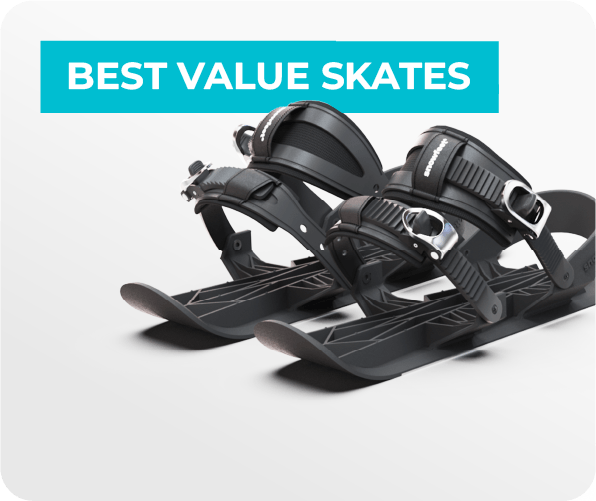



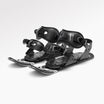
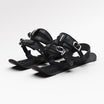
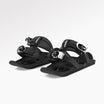
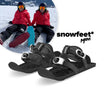
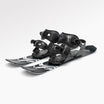
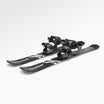

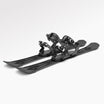
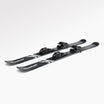
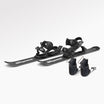





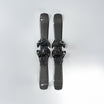
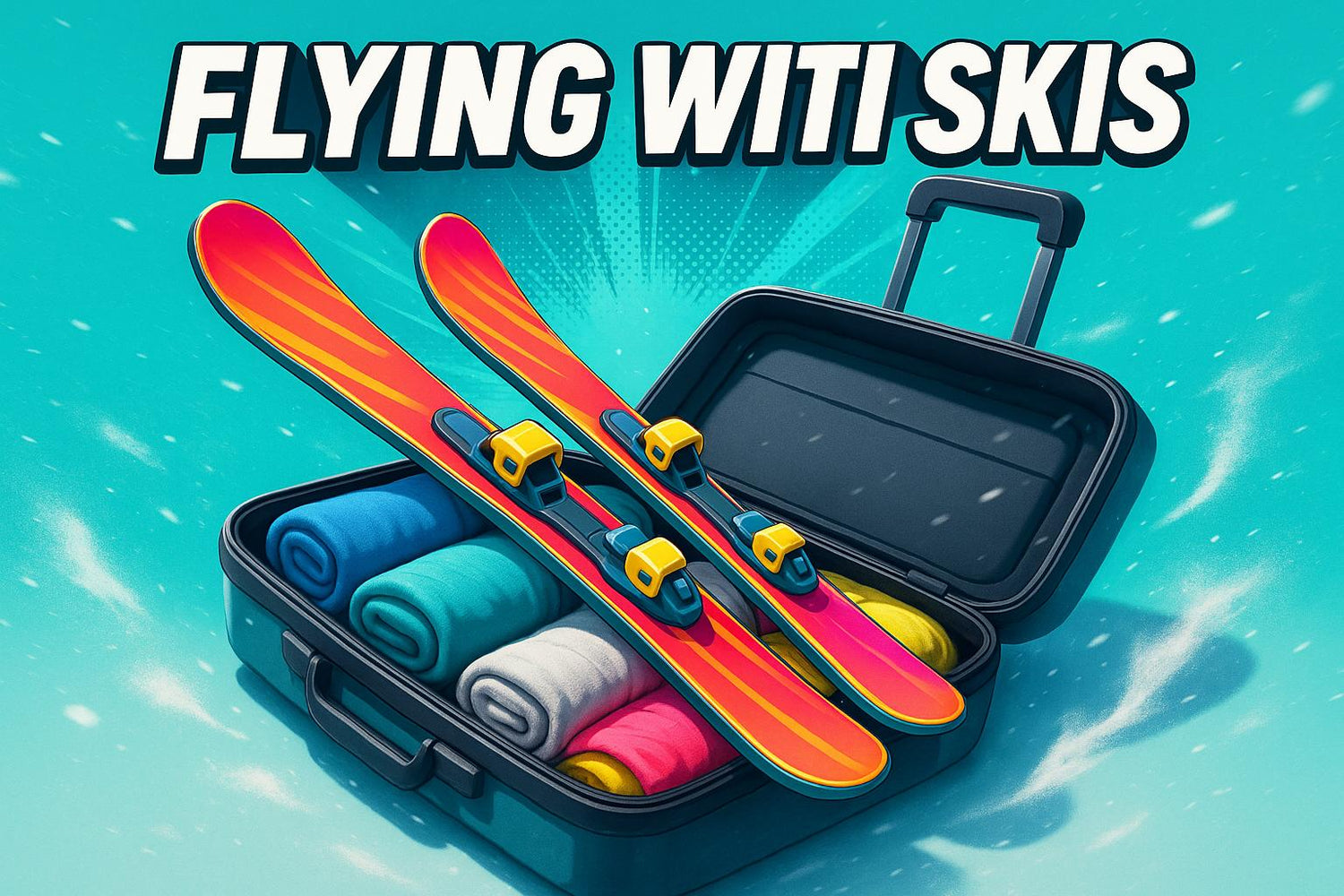

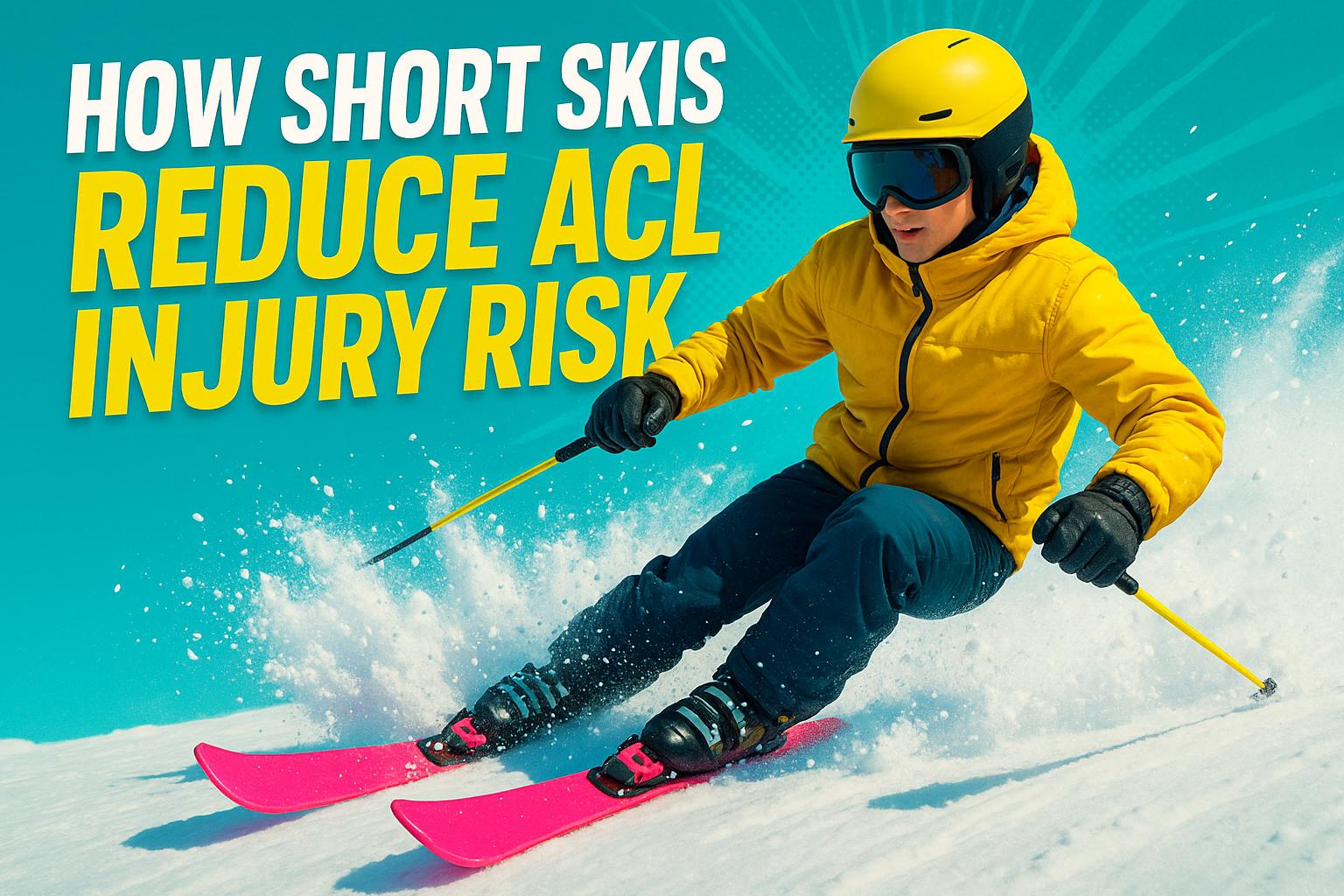
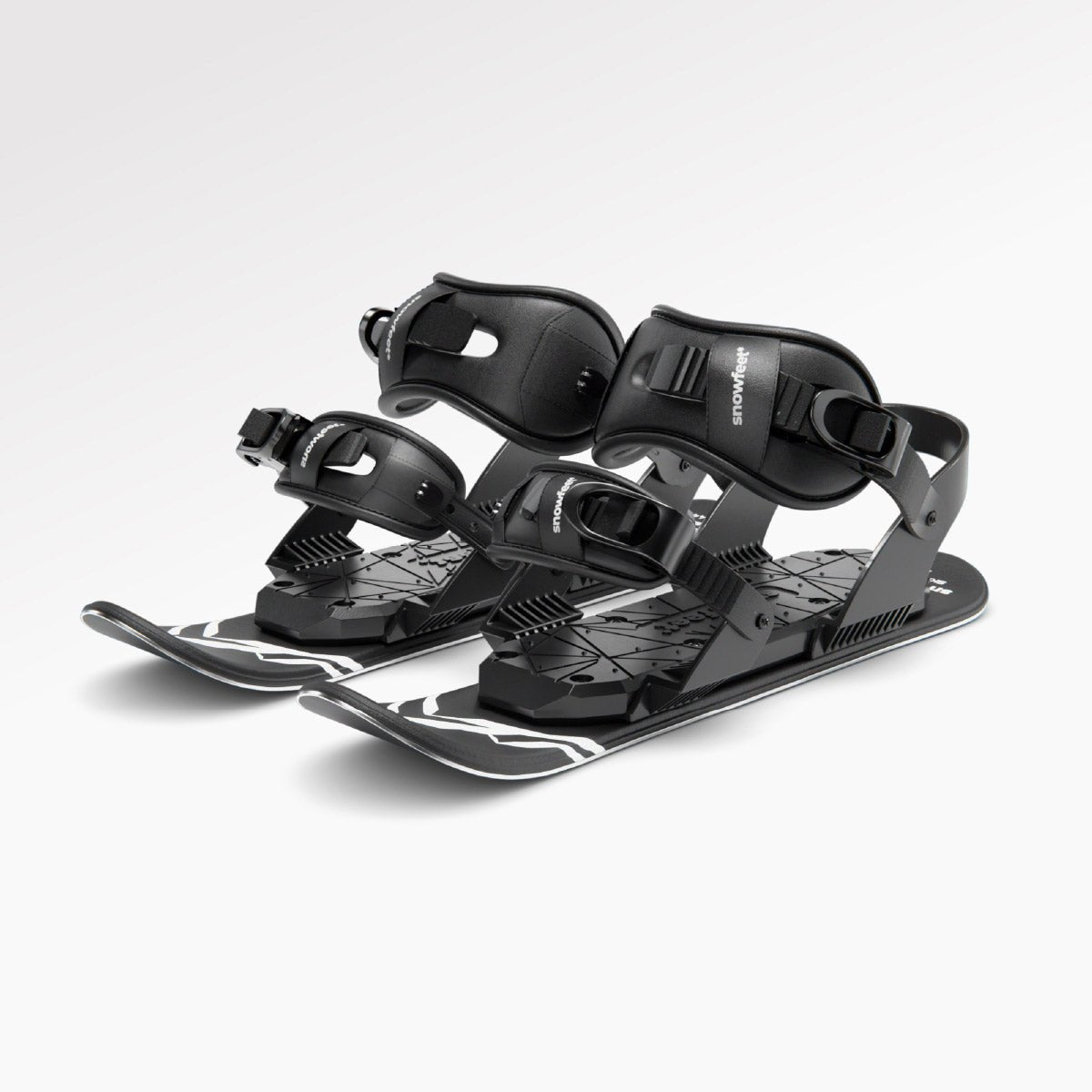

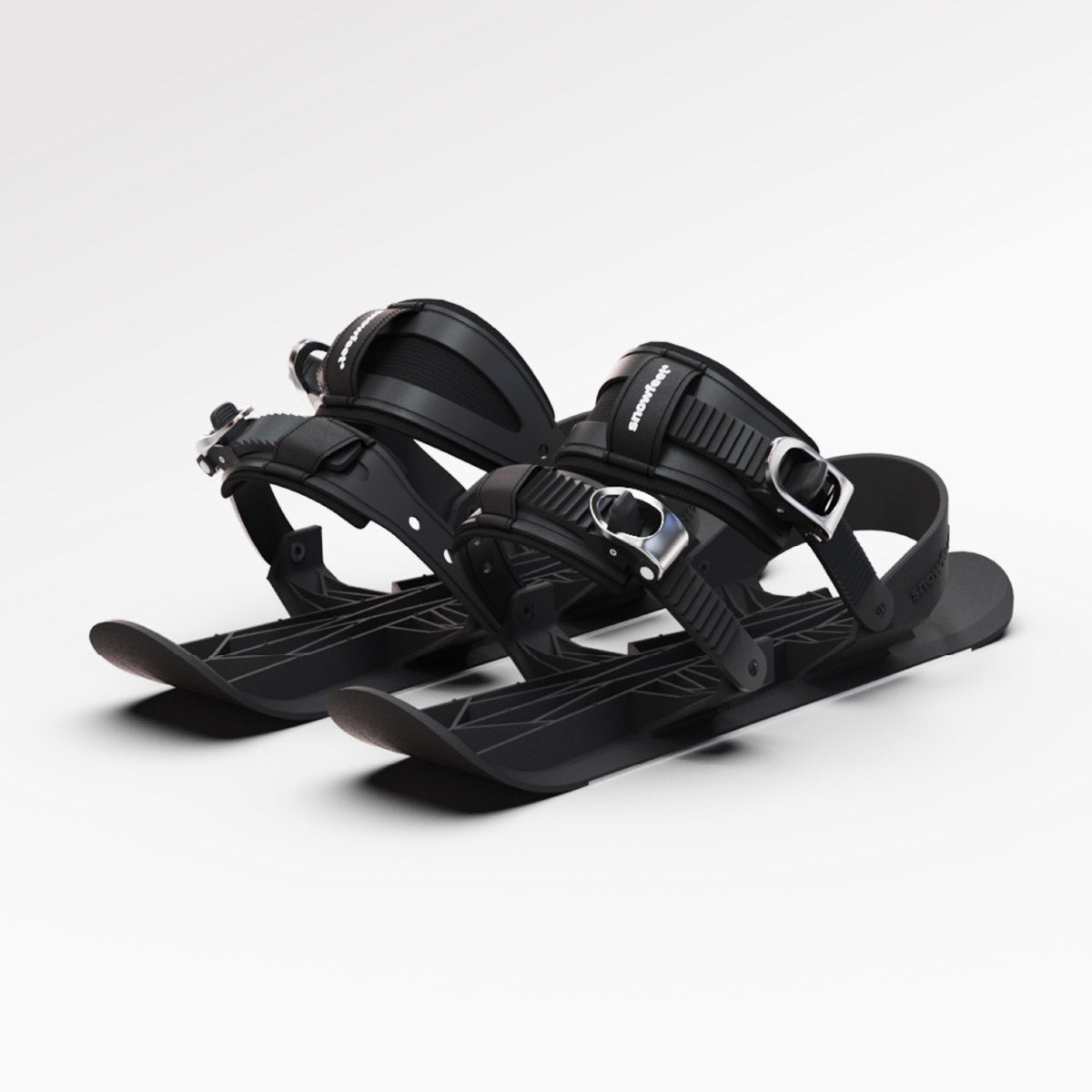
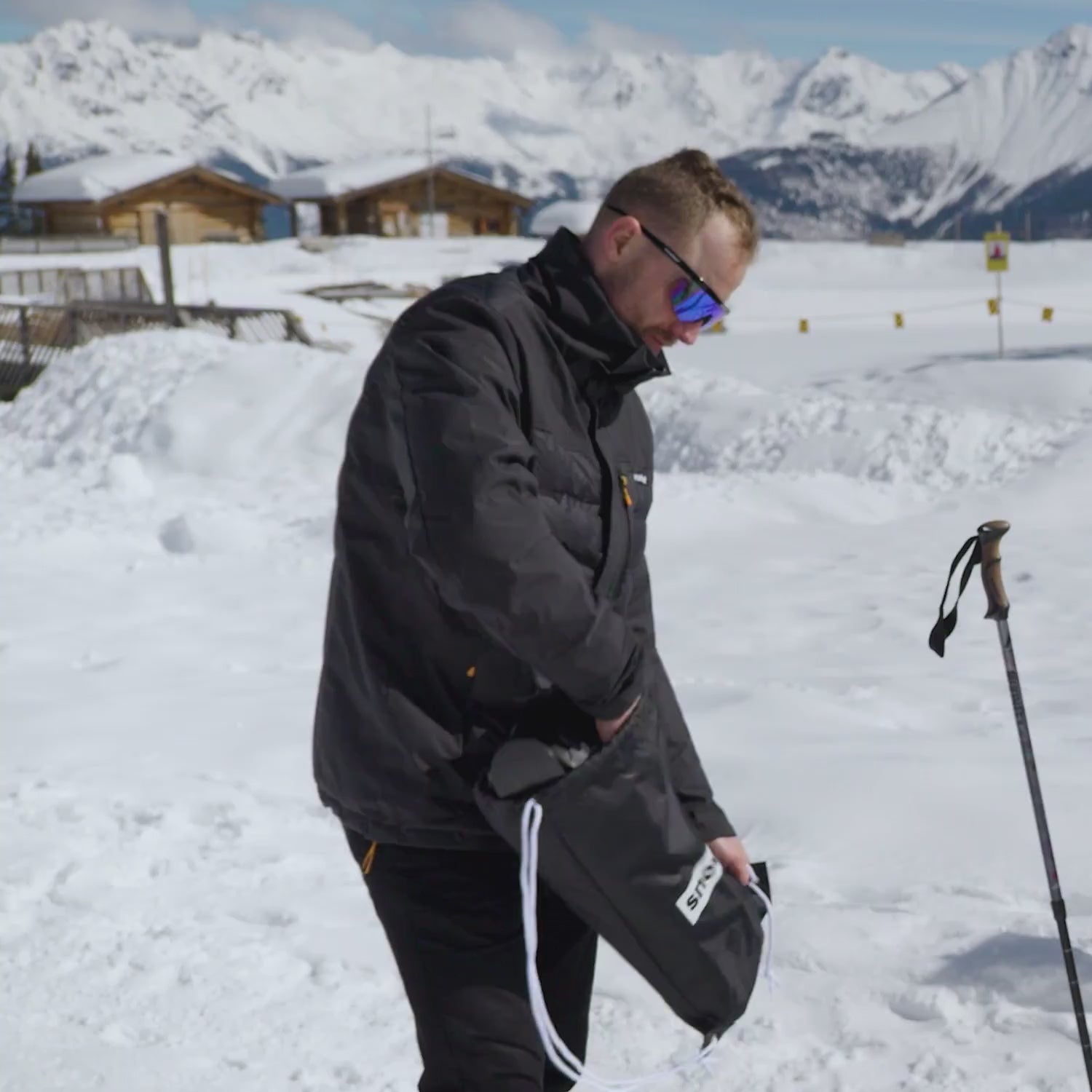
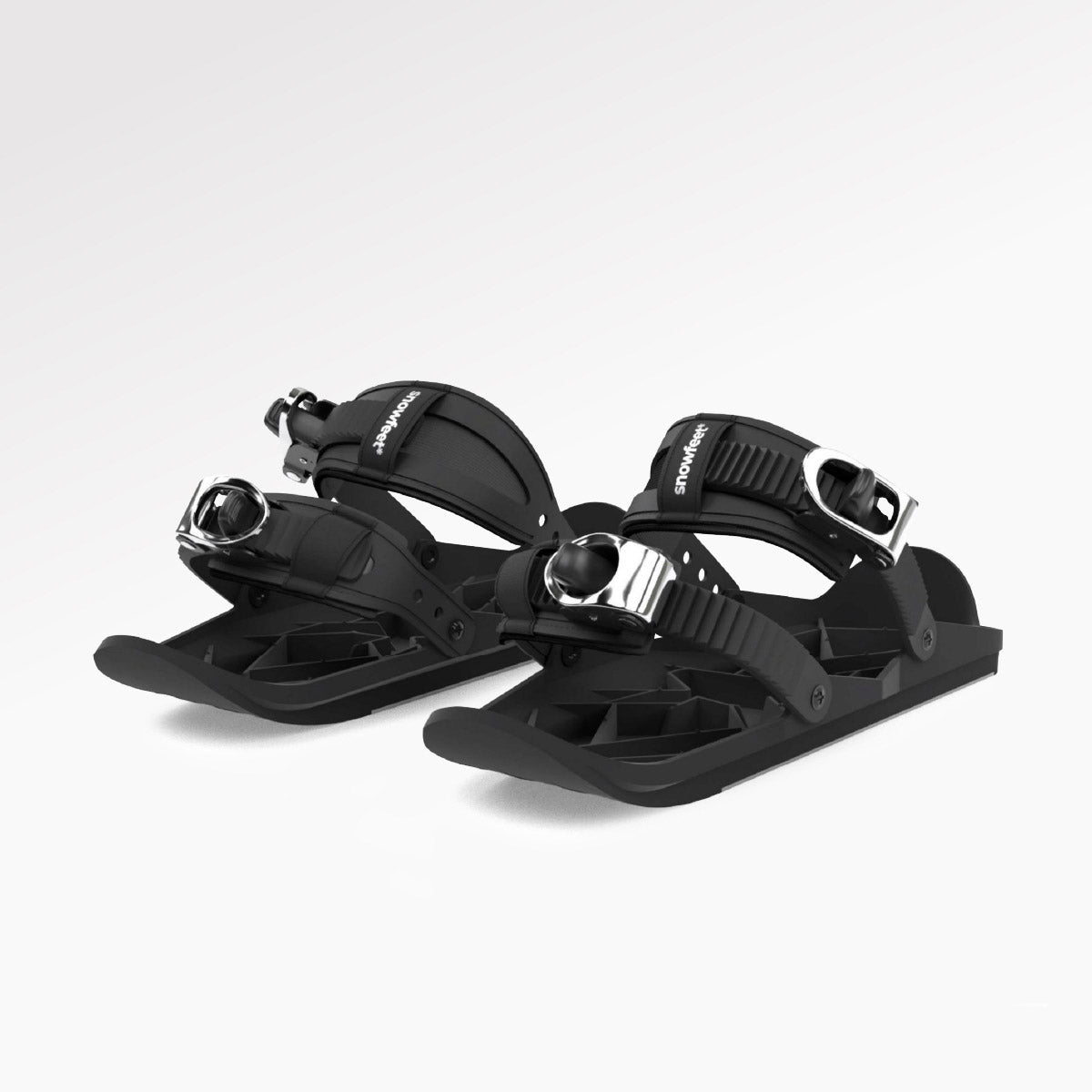
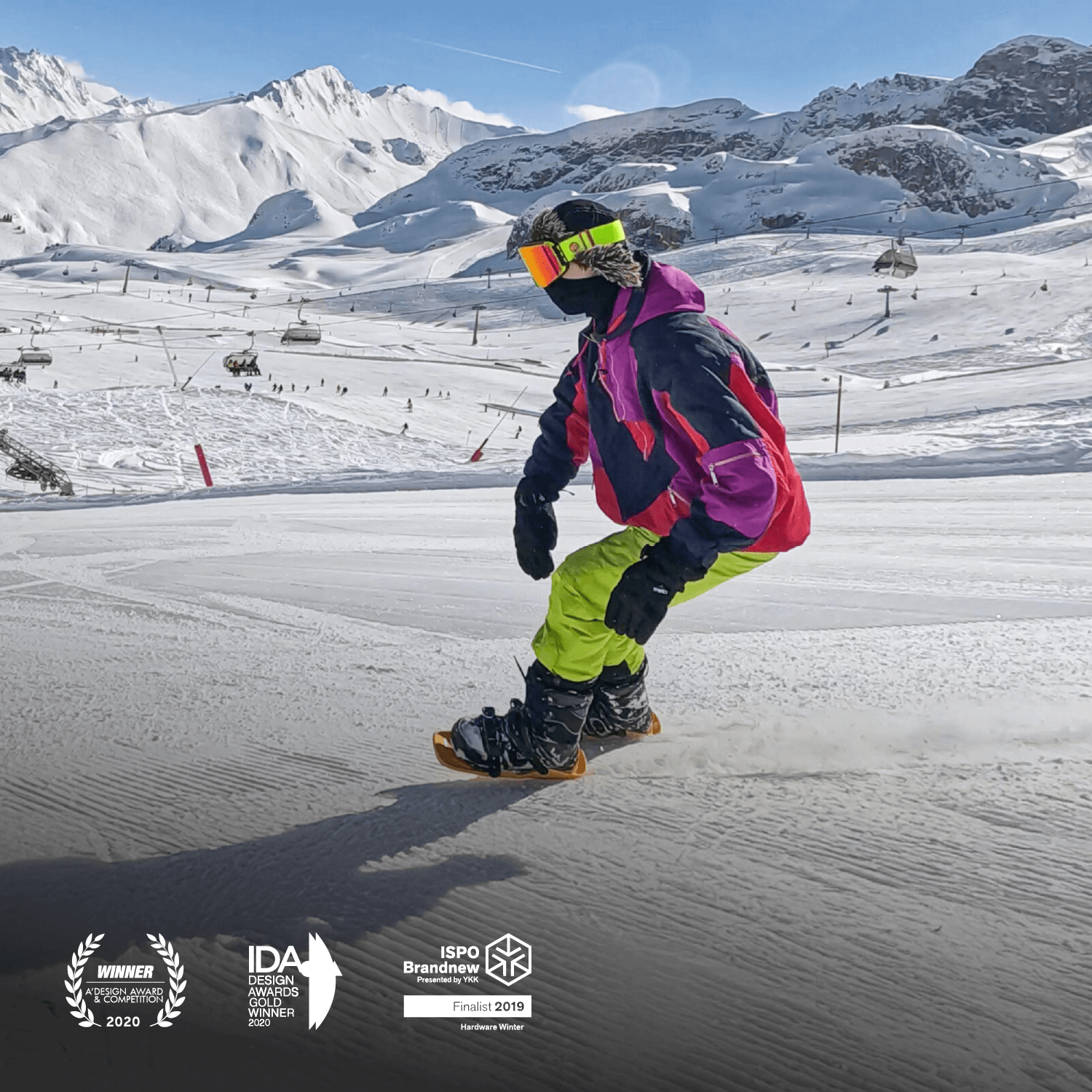

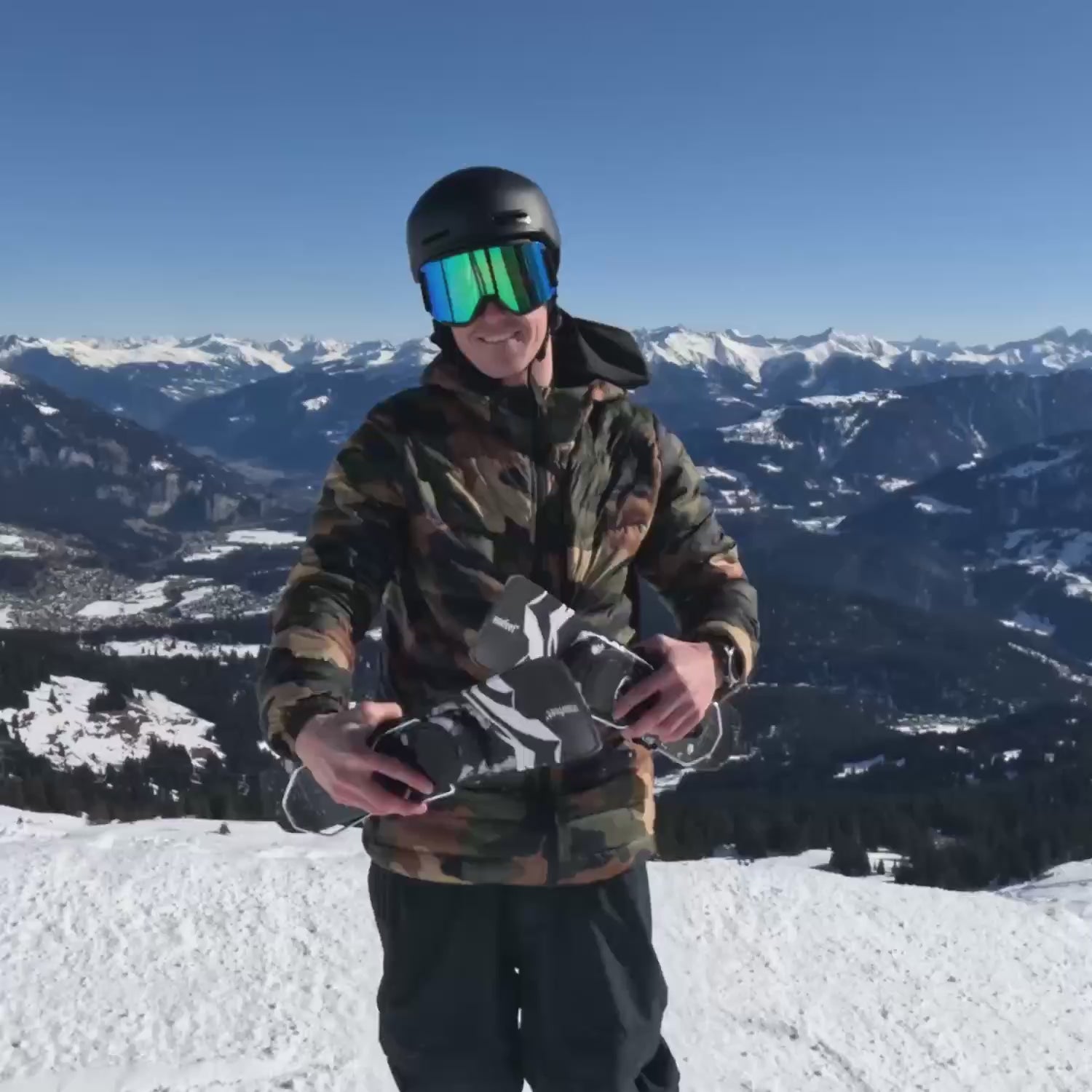
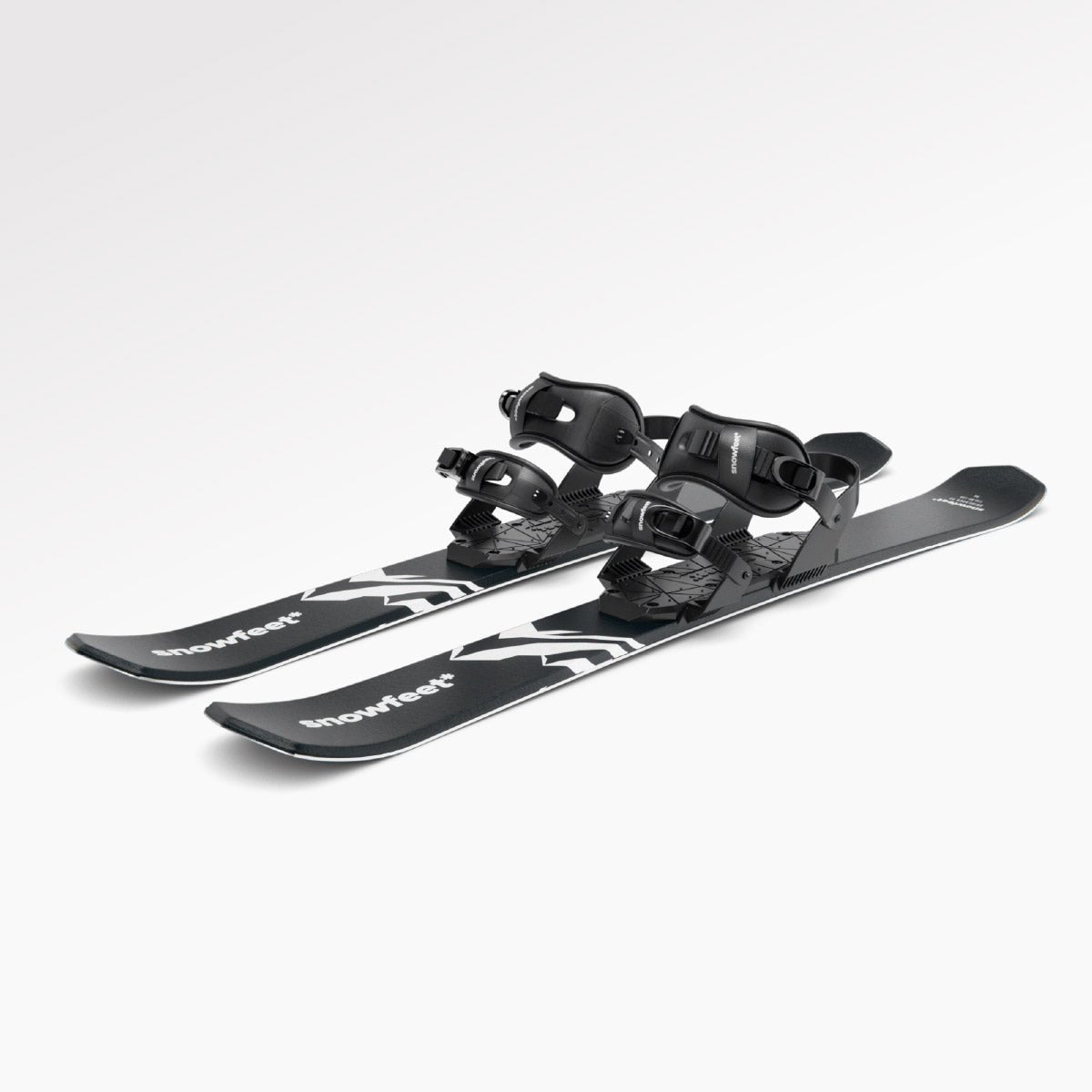
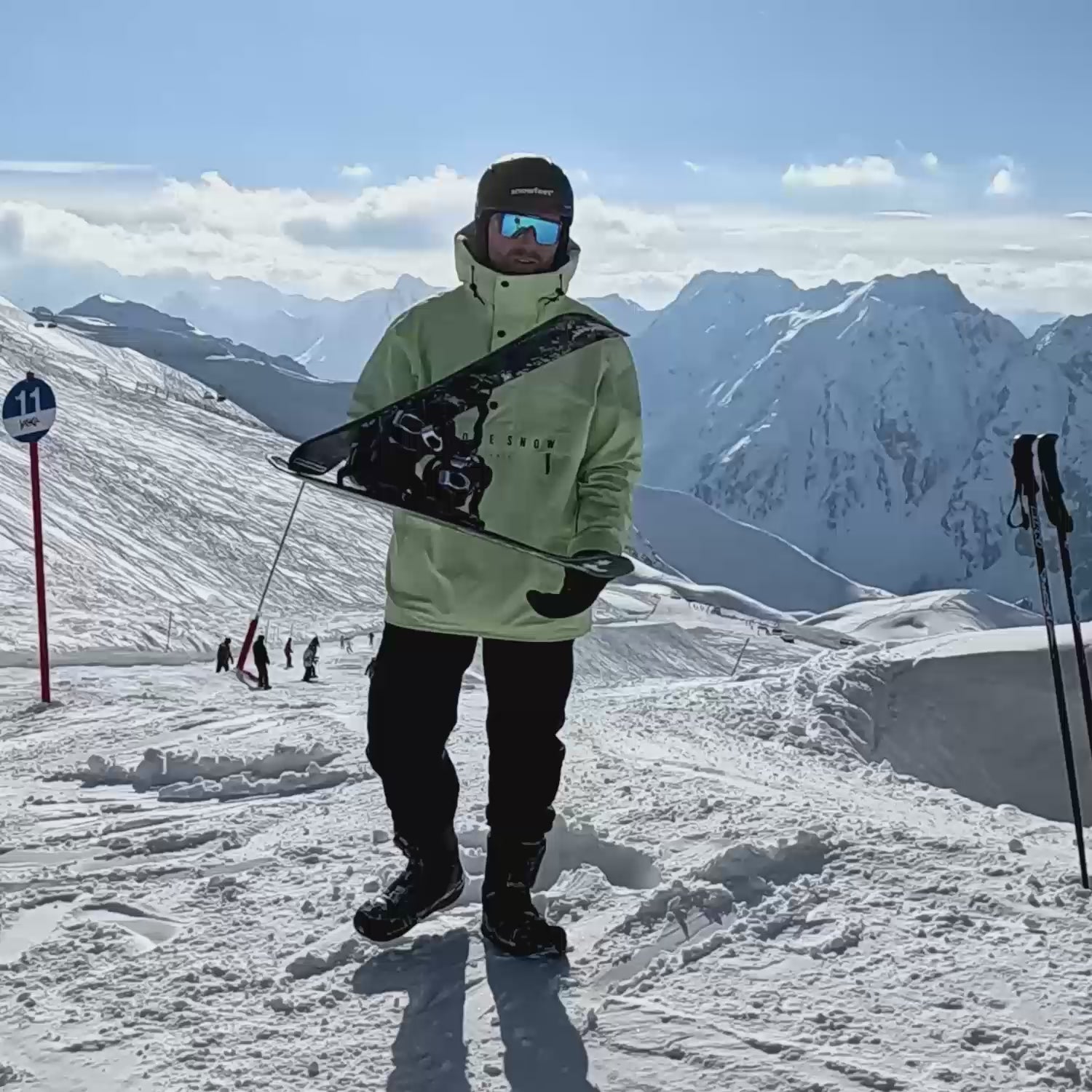
Leave a comment
This site is protected by hCaptcha and the hCaptcha Privacy Policy and Terms of Service apply.